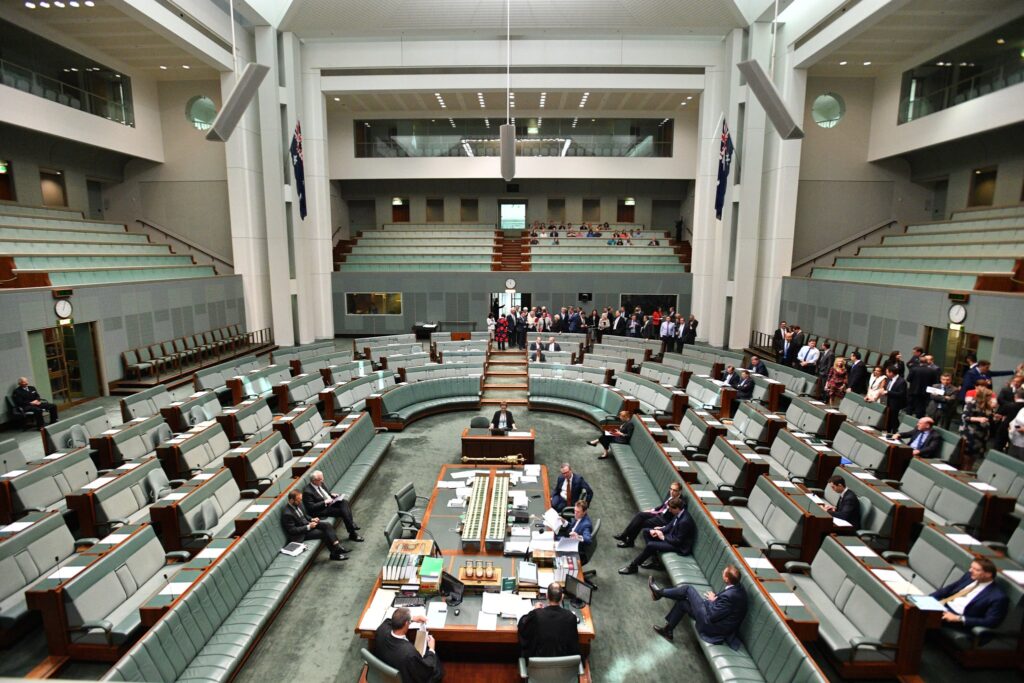Australia to Mandate Climate Reporting Starting 1 January 2025

- New mandate: Climate reporting begins on January 1, 2025, with a phased approach for entities based on size and reporting structure.
- Scenario analysis: Entities must assess both a 1.5-degree and catastrophic global warming scenario.
- Phased implementation: Large entities report first, with Group 1 starting in 2025, followed by Group 2 and Group 3.
The Big Picture
Australia’s mandatory climate reporting starts January 1, 2025, following the passage of the Treasury Laws Amendment (Financial Market Infrastructure and Other Measures) Bill. Royal Assent is expected soon, meaning entities will need to prepare for this new requirement.
What’s Required
Under the new law, companies must conduct scenario analyses, evaluating both a low (1.5-degree) and high (2.5+ degrees) global warming scenario. This ensures businesses account for both climate-related physical risks and transition risks.
Key Dates
- The legislation applies from January 1, 2025, with the first Group 1 reports due by December 31, 2025.
- Group 2 and Group 3 entities will follow, with their first reports due between 2027 and 2029.
Who Must Report?
Entities required to lodge financial reports with the Australian Securities and Investments Commission (ASIC) will need to comply, if they meet certain size criteria. These include:
- Large entities with revenues of $500M+ (Group 1)
- Medium entities with revenues of $200M+ (Group 2)
- Smaller entities with revenues of $50M+ (Group 3)
Phased Reporting Timeline
- Group 1 reports are due by the end of 2025.
- Group 2 entities will report by 2027.
- Group 3 will follow by 2028.
Related Article: Australia Passes Landmark Bill Mandating Climate Risk Disclosures for Companies, Enhancing Transparency and Global Alignment
Scenario Analysis Requirement
A key late amendment, driven by the Greens, mandates the reporting of both a 1.5-degree scenario and a catastrophic warming scenario. This ensures businesses fully consider the wide-ranging impacts of climate change.
The new rules aim to increase transparency and push Australian businesses to confront the realities of climate risk.











